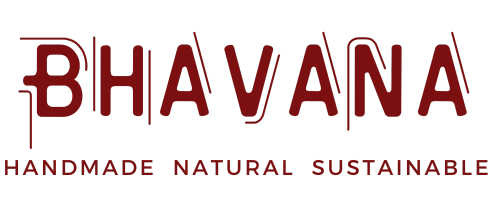
Mashru Handloom is a satin weave from Gujarat with Silk thread on the outer side (shiny finish) and cotton on the inner side (soothing and comfortable) resulting in a thick and heavy fabric. It is primarily used in garments, quilts and accessories.

History
Mashru is presumed to be an Indian innovation during the Mughal empire. The word mashru means 'permitted', derived from mashry in Arabic, and misry (or misru) refers to a mixture in Sanskrit. Mashru is explicitly mentioned in the administrative document, the Ain-i-Akbari, of the 16th-century Mughal Empire, under silken kinds of stuff. Supposedly, a Muslim could not wear a dress of pure silk. Mixed silk and cotton textiles were used for the costumes of courtiers and nobles.
This fabric is also an integral part of the wardrobe of Kutch Nomads. Nowadays, only weavers from the small towns of Gujarat practice this craft.
Process: Silk and Cotton fibers may be hand spun using a Charkha. They are dyed using natural colors. Warp yarns are applied with a glazing agent made from Rice flour and water during the sizing process using small brushes called “ Puchado”. Then the fabric is hand woven in a type of pit loom called “Shaal”. During the weaving, the cotton yarn is down and the silk fibers are up. This produces a cloth that exhibits a silk face and cotton backing.

Plain Mashru fabric is hand block printed. Mashru is also made in a variety of designs:
- Khajuria- It’s a type of chevron pattern, with a series of conical lines throughout the length of the fabric.
- Kankani- In this pattern hatched lines, it seems as if a series of dots has been laid on the fabric.
- Danedar- This pattern involves floats of cotton weft, with carefully chosen colors of warp and weft; it gives a sublime touch to the fabric.
- Mamul- Mamul pattern combines straight stripes with hatched lines at periodic spacing.
- Khanjari- This pattern includes wavy lines attained through ikat dyeing of weft.
- Mohini- This pattern includes various different colors with combinations of all above mentioned patterns.

Some of the other varieties of fabric similar to Mashru are called Gulbadan and Sangi. Mashru is less expensive than pure silk cloth.


